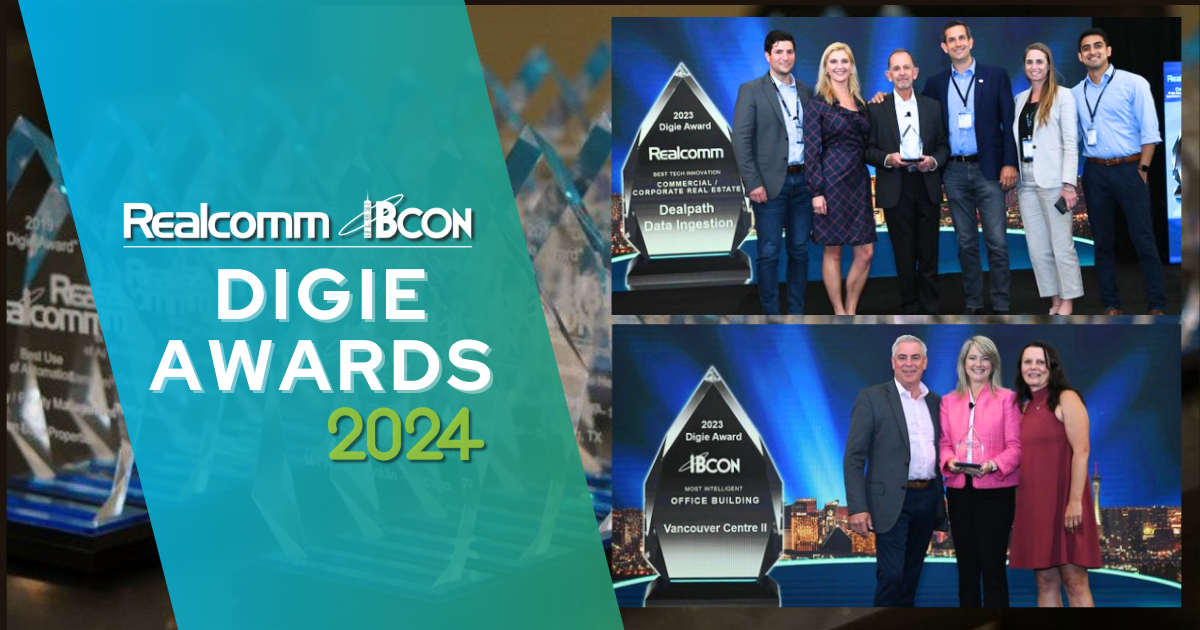The Unrealized Value of Smart Building Systems

Building owners have invested in smart buildings based on the promise that bringing diverse building systems together for data sharing and management will reduce operational costs and make assets more attractive to tenants. The challenge is that many building owners find they don’t see a return on these smart investments for four, five, or, in some parts of the country, as long as 15 years. This equation can be a tough sell to financial executives, and understandably so.
However, when ROI is lacking, the problem is not usually with the technology. More often, the challenge is one of too much technology and not enough strategy.
With the right strategy, building owners find that smart building systems don’t just reduce operational costs – they also enhance asset value and contribute to new income streams. However, realizing this higher value requires an approach to technology design and installation that focuses on integrating systems to achieve specific building user experiences. This is an area where a knowledgeable smart building technology consultancy can help. Smart building consultants are experts in the design of traditional IT, security, and AV systems in addition to smart building technologies like low voltage lighting, building management, and tenant experience applications.
An experienced smart building technology consultant helps building owners reimagine their properties to create an experience that attracts more tenants and delivers a stronger return on investment. In many cases, this can be done by leveraging existing technology solutions to address multiple needs at minimal added investment.
Smart buildings enhance asset value
A good smart building technology consultant can work with building owners to identify a range of potential opportunities for maximizing the ROI on smart building infrastructure. Below are a few of the strategies owners are applying to get more value from their smart building investments.
Integrated systems lower operational costs and earn rebates
Building owners have long relied on building management systems to reduce energy demand and, as a result, operational costs. However, many building owners are now finding that reducing energy demand can earn them a rebate through participation in their utility’s demand response program.
Qualifying facilities can opt into utility demand response programs that earn rebates from utilities by shedding their electricity load during peak demand periods. With the right smart building system integrations, portfolio managers can shift all qualifying facilities to preset energy-saving modes through a centralized dashboard. For large portfolio owners, this can translate to a significant source of income for minimal added investment.
Owned infrastructure generates new revenue
Smart building systems give building owners an opportunity to generate revenue by using their own technology infrastructure.
Building owners often rely upon third-party service providers to install Internet, voice, and other network cabling. These arrangements often come with the added benefit that the service providers may pay a one-time customer acquisition fee to building owners as tenants sign up for these services.
By making a switch to low voltage systems that power everything from lighting to Internet, building owners suddenly have the opportunity to own this network cabling and lease it back to third-party service providers. Some owners are contracting with these third-party providers using a revenue-share model that allows the provider to deliver services that the owner can bill tenants for directly. Additional fees can be added for advanced features as additional services become available in the future.
Smart buildings attract and retain top talent
More employers are recognizing the value of in-office collaboration, but are finding that they must reimagine the building experience to entice employees. Employees now expect their workplace to offer all of the comforts of home, with the added advantages of more connectivity with colleagues. Safety is also increasingly front of mind, in terms of both physical security and the impact that buildings can have on occupant health and wellness.
The right technology systems can enhance the occupant experience in each of these areas. Building owners are already seeing that technology that supports occupant comfort and connectivity helps reduce turnover and vacancies, and lead to higher profit margins.
A smarter approach to technology design
Smart buildings aren’t the result of using new technology – they are the result of taking a more informed approach to selecting, designing, and integrating technology. The challenge, of course, is identifying the right combination of solutions for each building. Fortunately, this is an area where a good smart building technology consultant can help.
A smart building consultant informs your smart building design by gathering information about your building stakeholders’ desired building experiences at the beginning of a project. Residents or tenants, facility managers, and department leaders all hold valuable insight as to the potential use cases that can inform smart building strategy. Their perspective can help a technology consultant clearly define the appropriate technologies and level of data integration required to achieve desired building experiences.
Once these use cases are identified, your smart building consultant will need to create the technical documentation that defines how systems must connect. In an ideal situation, a smart building consultant who holds the specialized knowledge required to define the level of integration needed between every piece of low-voltage hardware and software going into your facility to achieve your desired use cases would be engaged early in the project. These experts can also identify opportunities to reduce the costly duplication of systems.
A smart building consultant can also work with your general contractor to find and vet a Master Systems Integrator (MSI) who can install to this specified level of integration. Certified MSIs have experience managing the technically complex design and construction coordination required of smart building systems.
Make smart technology investments that improve your bottom line
When it comes to large real estate portfolios, smart building investments can deliver big paybacks, but their installation can also make for a big disruption in operations. Having a long-range plan for upgrading facilities allows an owner to phase in changes when it makes both financial and operational sense to do so. A technology consultant can deliver the planning needed to minimize disruption as you maximize your smart building’s value.
This Week’s Sponsor
CRUX Solutions is a leading technology design and consulting firm serving projects nationwide. We work extensively in healthcare, education, commercial, and government markets. Our team of professionals works to design solutions that improve operational performance, and enhance occupants’ experience. We target solutions that meet today’s most stringent requirements and deliver flexibility to accommodate future technology advancements.
Read Next
 6/13/2024
6/13/2024
Putting the Power of AI to Work for CRE The business case for AI in commercial real estate is coming into clear focus. When combined with deep operational data,
 6/7/2024
6/7/2024
Economic Occupancy: Measure the Effectiveness of Your Real Estate Investments Economic occupancy is a crucial metric for measuring how effectively you manage and invest in real estate
 5/23/2024
5/23/2024
26th Annual Realcomm | IBcon Digie Award Finalists Announced! Realcomm has been presenting the Digie (short for Commercial Real Estate Digital Innovation) Awards since 1999...


.jpg)




